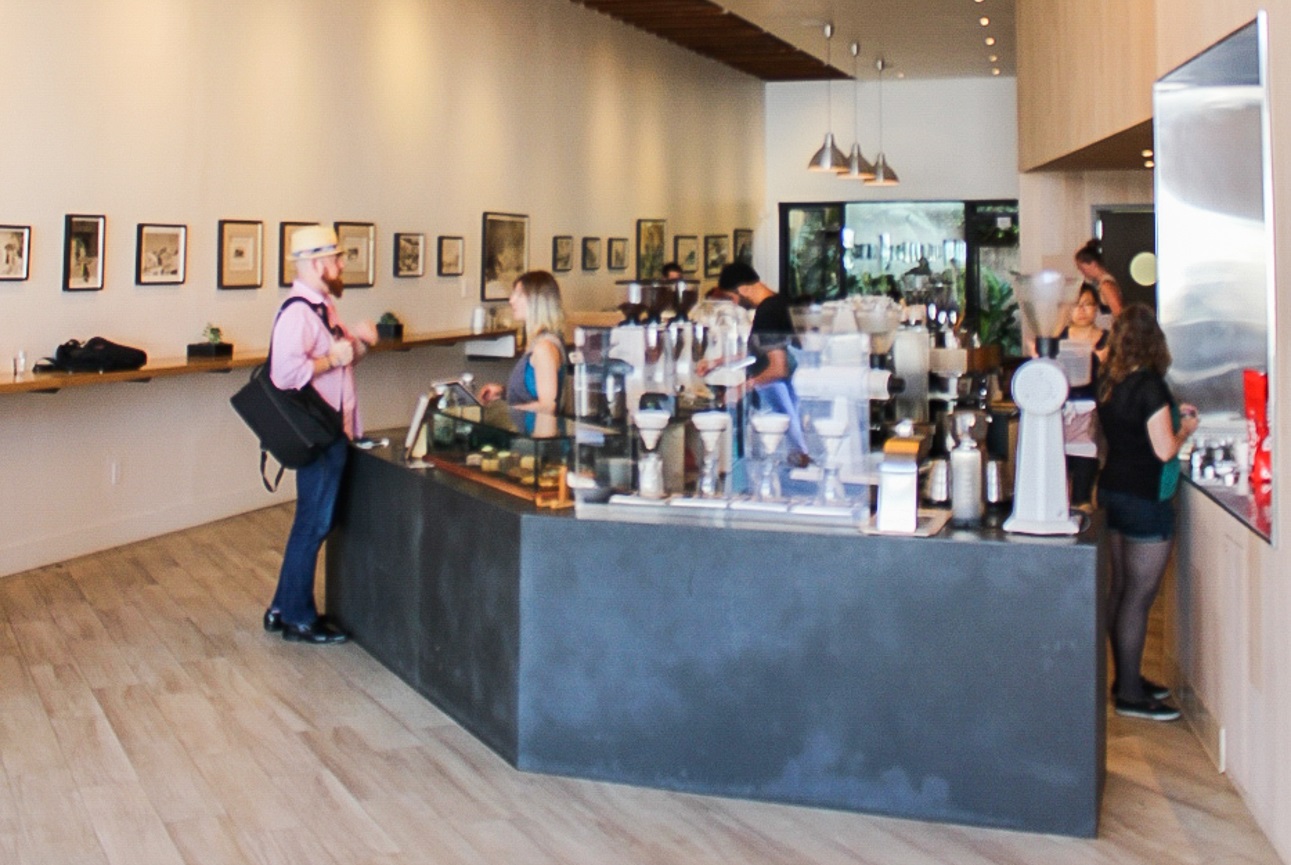Creating Effective Displays
Use shelfwiz shelftalkers to show off your products
Effective displays sell more products and further your brand. When set up well, they do the work for you, drawing attention to the things you want to promote and creating an atmosphere in your store. Keep these best practices in mind when creating them.
Create a Focal Point
For each display, make sure there is a central product or element that draws the eye. What if all your items look similar, as in a collection of books? Pick one that really stands out and display it differently, like at an angle that allows you to see the cover head on rather than just the spine. Or pick a cover with a face on it. You can test your focal point by asking others to tell you what they notice or look at first when they look at the display.

Around that central point, make sure
the other products and props are clean and well-ordered. Use props to
provide different levels on which to display items so that they are not
all spread at the same level across a table, unless that look is part of
the story in your display.
To ensure a clean and orderly setup,
make sure labels are consistent with the products in your display and
that they are all the same style. Shelfwiz shelf talkers are great for
this because they allow you to use a consistent labeling system for all
of your merchandise.
If you do not have an eye for design, one easy rule to keep in mind is to create a look that is intentional. For
example, if you were creating a display of office supplies and wanted
to emphasize their helpfulness in keeping a tidy office, you might try
lining them up neatly in rows and straightening them up as needed.
Allow shoppers to envision themselves using your products
Create a story that will help customers connect with your products. This requires that you know your audience. How and when will they use your products? What mood are you trying to create? If it is a book you are advertising, bring it to life by setting some items from the story next to it. You don’t need to spend much on props if you check out local thrift shops.

Find a theme for the products you will
display that can be tied into how your ideal customer will use them. Use
props to structure the display of your products, but make sure the
products remain the focal points within the arrangements, like Yogibo
Furniture did
here.
Plan displays according to the traffic flow in your store
Observe the flow of traffic within your store to see what directions people walk and where they are likely to linger. Most customers tend to turn right after entering a store.
Customers need a "decompression zone,"
an area immediately within the entrance that allows them a chance to
adjust to the environment of the store. Many stores avoid placing
products that are more complicated or require more time to look at in
this area.
Consumable items that people will stock
up on are often placed toward the back, as customers will be drawn
through the store and given the opportunity to discover new products
that weren’t originally on their shopping lists. Items that require more
explanation and more thought, as facilitated by Shelfwiz shelf talkers,
could be in the middle where people will have time to browse.
Keep displays fresh and relevant
Pay attention to the calendar and what
is trending. It’s easy to lose track of time while running a business
and managing a storefront, so set up a schedule for displays so you can
keep track of how long any given display has been up and think about
when it’s time to rework it.
For a look that is edgier and more
modern, try referencing current events. For a more traditional and
timeless look, stick to more classic styles. Because Shelfwiz products
allow you to design and print out new labels and replace them within the
holders, you can experiment with different looks and create fresh
signage with little additional cost.
Key points
Using groupings of products in your store can increase sales and create an environment that promotes your brand. Keep these basics in mind to get started.
- Create displays that appear intentional and have a focal point
- Allow customers to envision using your products by telling a story
- Plan your displays and signage around traffic flow
- Keep displays up to date







